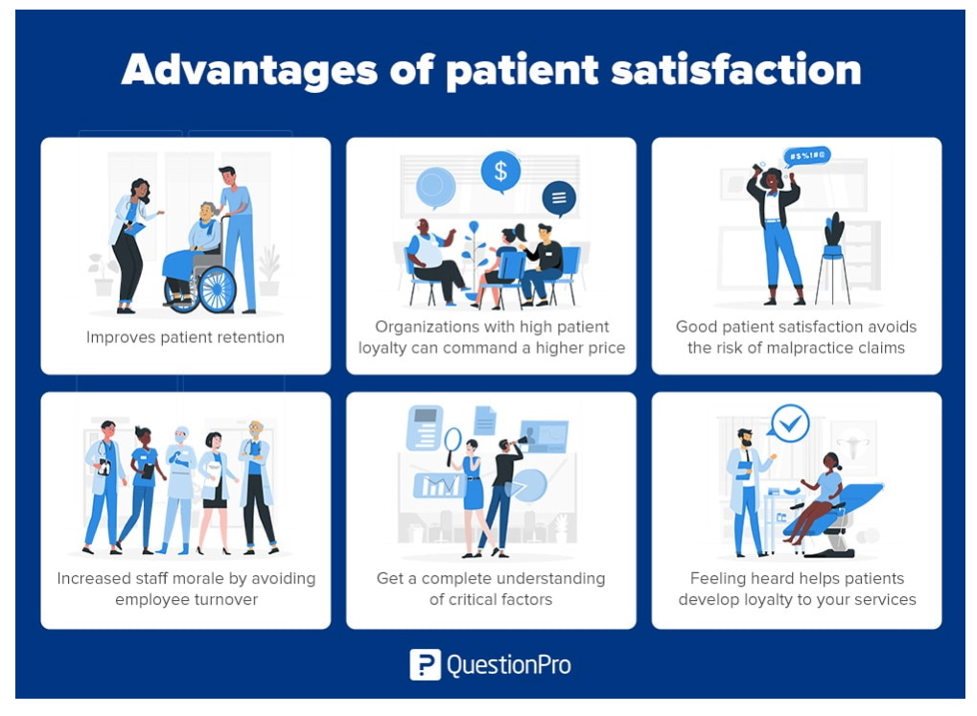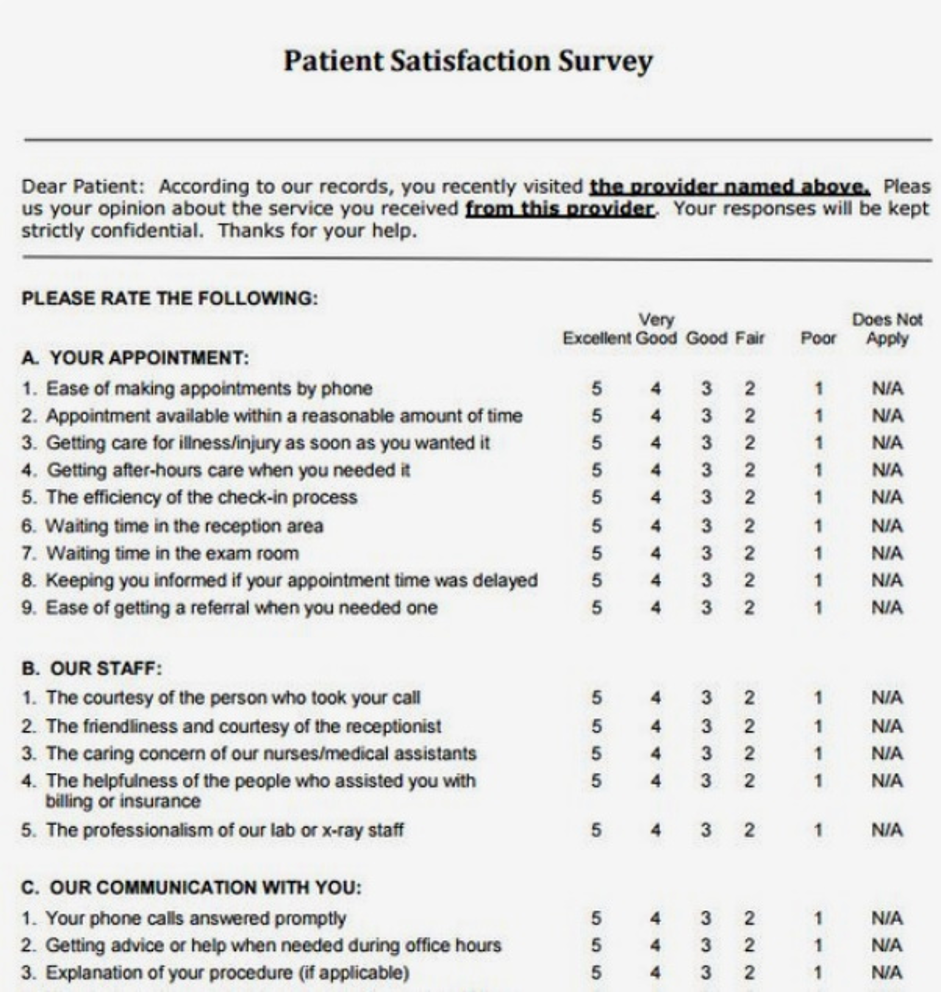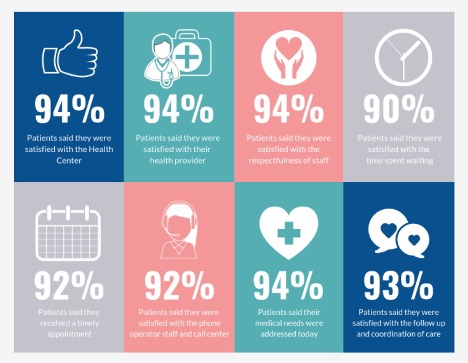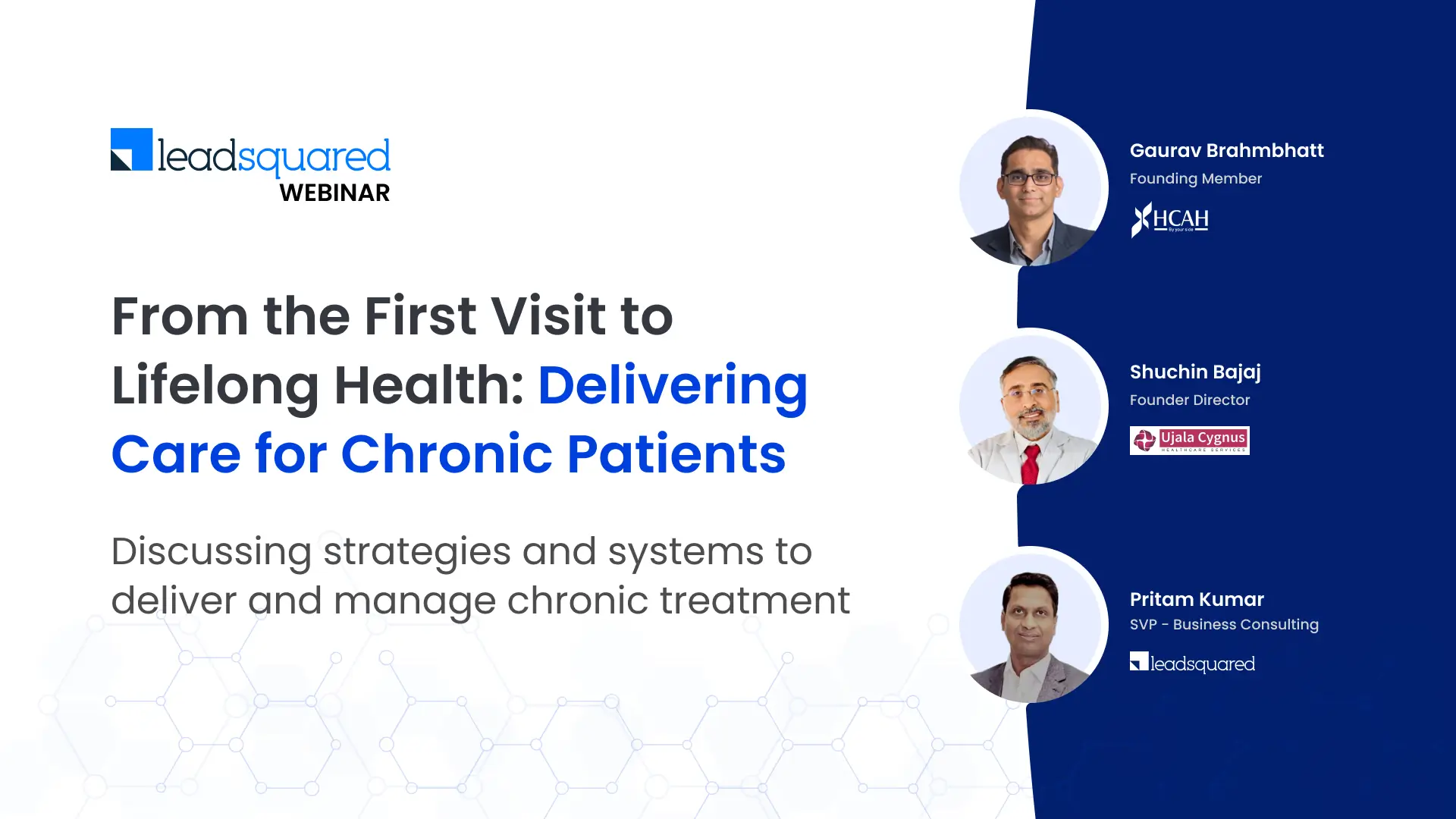Making sure your patients are satisfied with their care is an essential part of running an effective healthcare practice. Satisfied patients are more willing to work with your practioners, leading to better health outcomes. They’re also more motivated to leave good online reviews of your practice, enhancing your reputation in the community.
However, “patient satisfaction” is a difficult thing to define since satisfaction is a subjective feeling influenced by different aspects of a patient’s experience. Although healthcare providers agree measuring patient satisfaction helps improve healthcare quality, your practice still needs adequate measuring devices to gain actionable insights.

Thus, patient satisfaction surveys offer a useful way to translate the subjective impressions patients have of a practice into data for healthcare providers to refine their systems. In fact, a 2019 poll conducted by the Medical Group Management Association revealed out of 1121 healthcare leaders, 88% reviewed patient satisfaction survey results.
Understanding Patient Satisfaction
Patient satisfaction is a cornerstone of quality healthcare, reflecting how well a healthcare provider meets the needs and expectations of their patients. It encompasses various aspects of the patient experience, from the ease of scheduling appointments to the quality of communication with healthcare staff. Understanding patient satisfaction is crucial for healthcare providers as it highlights areas needing improvement and informs decisions about care delivery.
Patient satisfaction surveys are invaluable tools in this process. These surveys provide a standardized method for collecting patient feedback, allowing healthcare providers to gauge the effectiveness of their services. By systematically measuring patient satisfaction, healthcare providers can identify trends, pinpoint specific issues, and implement targeted improvements to enhance the overall patient experience.
The Role of Patient Satisfaction in Healthcare Quality
Patient satisfaction is not just a measure of how happy patients are with their care; it is a critical indicator of healthcare quality. High patient satisfaction scores are closely linked to better health outcomes, as satisfied patients are more likely to follow treatment plans and maintain regular follow-up appointments. Additionally, patient satisfaction fosters loyalty, encouraging patients to return to the same provider for future care and recommend the provider to others.
Moreover, patient satisfaction significantly impacts the reputation of healthcare providers. Positive patient experiences lead to favorable online reviews and word-of-mouth referrals, enhancing the provider’s standing in the community. Conversely, low patient satisfaction can result in negative reviews, decreased patient retention, and even reduced reimbursement from payers. Therefore, prioritizing patient satisfaction is essential for healthcare providers aiming to achieve quality improvement and maintain a competitive edge.
Patient satisfaction surveys are not only beneficial for quality improvement but also essential for meeting accreditation and regulatory requirements. The Centers for Medicare and Medicaid Services (CMS) mandate that healthcare providers conduct patient satisfaction surveys as part of their quality improvement initiatives. One of the most widely used tools for this purpose is the Consumer Assessment of Healthcare Providers and Systems (CAHPS) survey, which provides a standardized way to measure patient satisfaction.
The results of CAHPS surveys are publicly reported on the CMS website, offering transparency and accountability in healthcare. Additionally, healthcare providers must ensure compliance with the Health Insurance Portability and Accountability Act (HIPAA) when collecting and storing patient satisfaction data. Adhering to these regulations not only fulfills legal obligations but also demonstrates a commitment to providing high-quality, patient-centered care.
What Are Patient Satisfaction Surveys?
Patient satisfaction surveys enable patients to offer their assessment of different areas of their medical care experience. Such areas might include:
- Accessibility of finding your practice (both online and in-person)
- Ease of scheduling an appointment
- Responsiveness of the staff
- Communication with the patient
- Technical skills of the doctors, nurses, and staff
- Cleanliness and noise level of your practice
Given the range of patient experiences satisfaction surveys assess, it’s important to determine early which aspects of patient satisfaction to measure and develop valid questions for translating subjective impressions into meaningful and quantifiable data.
Some healthcare practices use third-party providers to help develop, administer, and interpret patient satisfaction surveys. Hospitals use the Hospital Consumer Assessment of Healthcare Providers and Systems (HCAHPS) survey (also known as the CAHPS Hospital Survey), a national, standardized, publicly reported survey of patients’ assessment of their hospital care.
However, many healthcare providers also combine required HCAHPS questions with their own assessment questions to gain a more in-depth perspective on their patients’ experiences.
Challenges Faced While Conducting Patient Satisfaction Surveys
Conducting patient satisfaction surveys can present several challenges for healthcare providers, but with thoughtful approaches, these obstacles can be effectively managed.
- Low Response Rates
Encouraging patients to participate in surveys can be difficult. To increase response rates, healthcare providers can offer incentives and use various survey formats—such as mail, phone, and online options—to connect with a wider audience. - Survey Fatigue
Patients often experience survey fatigue when they receive too many surveys, leading to disengagement. To prevent this, surveys should be kept concise and focus only on the most important aspects of care to ensure relevance and respect patients’ time. - Interpreting and Acting on Results
Analyzing survey data and translating it into actionable improvements can be challenging. Leveraging data analytics and benchmarking can help pinpoint key areas for enhancement and monitor progress over time. - Providing Clear and Actionable Feedback
Sharing survey results with patients and involving staff in the improvement process can be essential for fostering continuous quality improvement. This approach not only supports higher patient satisfaction but also contributes to better healthcare outcomes.
Building Your Patient Satisfaction Surveys
How your survey questions are structured and phrased affects the responses you receive from your patients. Keep the following best practices in mind:
Limit the number of questions on your surveys
Patients don’t have the time or interest to answer dozens of questions. Try to keep each survey under 10 questions.
Offer a rating system for most of your questions
Allowing patients to rate their experiences on a satisfaction scale (for instance, “rate the ease of scheduling an appointment on a scale of 1 to 10”) enables you to collect quantitative data you can analyze to assess patient impressions of your services.

Be sure to use consistent scales on all of your surveys. You don’t want to use 10-point scales on some surveys and five-point scales on others since you won’t be able to compare the results.
Include open-ended questions
While open-ended questions should be kept to a minimum, such questions provide patients with a way to provide more in-depth responses about their experiences.
For instance, an answer to the question, “What could we do to improve our explanation of your treatment plan?” might elicit a detailed response about your staff’s overuse of confusing medical terms. This could lead to policy changes on the language used by your staff, improving communication between patients and providers.
Focus on the patient’s experience in your questions
Patient satisfaction surveys help you see your practice from your patient’s perspective. Look at the different touchpoints of their entire experience, from making an appointment to visiting your healthcare practice to receiving follow-up communication, and develop your questions around those areas.
Avoid asking questions about aspects of care you cannot change
Satisfaction surveys are meant to help make positive changes to your practice. Learning your patients are dissatisfied with aspects of your care you can’t alter is an ineffective use of your resources.
Sample Questions to Include in a Patient Satisfaction Survey
To help you develop your own surveys, here are some of the top questions to ask on patient satisfaction surveys. Keep in mind all of the following questions can be answered on a rating scale or offered as open-ended questions.
How quickly were you able to schedule an appointment?
Ease of appointment scheduling is a big factor in assessing patient satisfaction. Consider also asking questions about how easily patients could use your website to schedule an appointment or how responsive your staff or automated system was if patients made appointments over the phone.
How long did you need to wait to be seen by our healthcare providers?
Being stuck in a waiting room for extended periods of time leads to dissatisfied patients. Learning how much time your patients spend waiting (beyond their appointment times) helps identify issues with staff and scheduling.
What is your impression of the cleanliness and appearance of our facility?
The HCAHPS includes a section where patients evaluate a practice’s cleanliness. You may also want to offer additional questions concerning noise levels, especially if your patients need to stay at your facility for extended periods of time.
Overall, how satisfied were you with your care?
Overall satisfaction should be assessed on all patient satisfaction surveys. Even if patients were satisfied with aspects of their experience, like facility cleanliness, their opinion of their overall care determines whether or not they want to come back to your practice.
How likely are you to refer our practice to friends and family members?
Getting patients to leave positive online reviews of your facility helps expand your patient population. Knowing patients will encourage others to come to your practice reveals your staff is following best practices and providing quality care.
Administering and Assessing a Patient Satisfaction Survey
Patient satisfaction surveys can be administered in many different ways, including:
- Phone surveys
- Written email surveys
- Focus groups
- Personal interviews
Incorporating healthcare research methodologies can enhance the accuracy and reliability of patient satisfaction surveys.
To make the process of collecting patient feedback easier, invest in a HIPAA-compliant healthcare customer relationship management (CRM) system like LeadSquared. CRMs enable you to send feedback forms and surveys via emails, texts, and other notifications, expanding your reach.RMs enable you to send feedback forms and surveys via emails, texts, and other notifications, expanding your reach.

A healthcare CRM also helps analyze patient satisfaction surveys by automatically calculating feedback scores and turning them into actionable reports. Automation is much more efficient and accurate than manually analyzing surveys and helps quickly identify issues with patient satisfaction.
Once you determine the changes you need to make in your system, CRMs help implement them. For instance, you can insert lead capture forms on your website and connect them with your healthcare CRM to make it easier for patients to book appointments online. Likewise, connecting toll-free contact numbers to the call distribution mechanism in your CRM redirects calls to free agents, reducing issues with missed calls.
Final Thoughts
Patient satisfaction surveys help assess the quality of care provided by your healthcare practice. Knowing patients are satisfied with their care is particularly important in today’s digital age since patients share their opinions in online reviews, encouraging or discouraging more patients from using your practice.
Understanding patient feedback can also provide valuable insights into the effectiveness of health plans and their impact on patient satisfaction.
When developing your satisfaction surveys, be sure to focus on the needs of your patients. Ask questions dealing with the patient experience and offer rating scales and open-ended questions enabling them to give insightful responses on the area of care.
Invest in a healthcare CRM to reach a wide range of patients through emails, texts, and phone calls. An effective CRM enables you to make impactful changes quickly, ensuring your surveys lead to higher patient satisfaction and stronger patient-provider relationships. Discover how LeadSquared Healthcare CRM can support your goals in patient care and engagement.












